I did a lookup function in ssrs where the source is a reportItem reference. I want to return the value from the table that I am looking up based on the reportItem reference. The report is retrieving the correct values, but and I'm getting repeated rows and I'd like to know if there's a way to eliminate that. My parameters in the tablix is based on a ticket number.
The underlying data has 3 transactions but 9 rows are currently being returned.
In SSRS, my query is:
Select
ticketno, name, control, value
from ticket a
inner join details b on a.ticketno = b.ticketno
where control like 'LS%' and ticket = 'ED08'
The return result contains 4 rows transactions ie:
| Ticket | Name | Control | Value |
|---|---|---|---|
| ED08 | Eng | LS1 | A |
| ED08 | Acct | LS2 | B |
| ED08 | Med | LS3 | C |
In SSRS, I used a table and hard coded the Name as it's possible that there will be no values. I hard coded Eng, Acct, Med, Dent for names.
I entered an expression on each individual row with an expression
=lookup(ReportItems!textbox.Value,Fields!Name.Value,Fields!Value.Value, "UDF_Det")
However, when I run the report, I get extra rows.
The transactions retrieved from the ticket in SQL only retrieved 3 rows, so I would have expected that. Is there a way to filter on row specific data?
I have looked at this post Adding values to a Report when there is no Data in query SSRS but since I am not doing any calculations I'm not sure why I am getting repeat rows.



